A MALAYSIAN MUSIC EDUCATOR LEAVES IOWA
Johami Abdullah, Malaysia. Article from "Iowa Music Educator", September 1987
“People will have nothing to do with new ideas so long as old ones contribute to their satisfaction.”
- Emile Jaques-Dalcroze
This philosophical statement may be as valid a description of music educators in Malaysia as anywhere else in the world. But satisfaction with Malaysian music education is withering and the winds of change have already started to blow. As I return to Malaysia to resume my duties as a music teacher educator, I would like to share some of my personal thoughts and visions about what I should like to do to determine the direction the winds should blow.
It may seem strange to Western music educators that many general music methods, such as those Kodaly, Orff and Dalcroze, are not familiar to Malaysian music educators. Although many of the approaches found in this methods are employed, Malaysian do not label them as such. We have not felt compelled to attach label to new ideas. We merely incorporate the idea into a “traditional” curriculum.
For example, words like “utilitarian benefits” and “aesthetic sensitivity” have not yet been discussed in Malaysia. Perhaps part of this apparent apathy in debating new ideas in music education can be attributed to the fact that music as a regular subject in all Malaysian schools is of very recent adoption. It is only since 1982 that music has been part of public education. In addition, much of contemporary Malaysian education is patterned after the British colonial system – or, along the lines of what the British considered suitable for Malaysians.
The Malaysian “apathy” towards incorporating new ideas, with labels, into common thought can be illustrated by examining the language itself. For example, words like communism, democracy, idealism, sociology, and, perhaps all the “isms” have been quite alien to the Malaysian language. Only recently have new Malay words been coined: kommunisma, demokrasi, idealisma, pedagogi, progressif, and socialisma should serve as good examples. The language is growing as the need arises. The same can be said for Malaysian terms for music and music education. Many new words need to be coined. We have no word for “audiation” for example.
I have been particularly interested in studying the American rationale for music education and the various teaching approaches. I have studied the MENC’s The School Music Program: Description and Standard carefully because I consider it to be a synthesis of the views not only of American music educators, but also those of many advanced countries such as Japan.
What would the reaction of Malaysian music educators be to these ideas? Probably the older generation of educators would not be as receptive to new ways as their younger counterparts. To understand this, one must know something of the current situation of music education as I perceive it.
The Current Situation
Content and methods of public education generally are outgrowths of objectives which reflect national aspirations, ideologies and philosophies of a country. The goals and objectives of music education on Malaysia are today in an embryonic stage. The goals are based on what the democratically elected government, in consultation with Malaysian educationists, envisages as necessary for the people.
The principal present needs pertain to instilling a sense and awareness of patriotism, national unity, the rule of law, moral behavior and preservation of the cultural heritage. These needs must be addressed in music classes as in other areas of education. Ancillary desired outcomes are wise use of leisure time and enjoyment of music. Music study also is expected to enhance students’ academic performance. Of late, concerns of the Islamic population, mainly moral concerns, have been strongly expressed.
Music in Malaysian schools is mainly vocal music. “Rote before note” remains the teaching method, although some effort is made to introduce music notation. There is some use of the recorder and percussion instruments. School music instruction leads to performances in annual inter-school competitions as district and state levels and school events such as the annual sports meets.
Owing to gross shortage of music teachers, general classroom teachers do most of the music teaching, using “canned music”- cassette tapes of selected songs with accompanying tests prepared and distributed by the Ministry of Education. Apart from some in-service holiday courses, most classroom teachers have little musical experience or expertise. Most (through no fault of their own) function most effectively in switching the cassette player off and on!
There are specially trained music educators, however. Two categories exist. First, we have those who, after graduating from high school, take a 3-year teaching training program in music education. A second group of music “specialists” consists of certified teachers with a minimum of five years’ teaching experience in non-music areas who possess some level of musicality and who express an interest in teaching music. If selected, these teachers may take a one-year specialist course in music education. They are then classified as music specialists.
To teach classroom music, these teachers are trained in solfege and notation, and learn to play simple chordal accompaniments on the guitar. Probable none of them encounter the names of Kodaly, Orff, or Dalcroze in their courses. However, the Suzuki approach is rapidly gaining recognition among the middle and upper social classes, more as a result of commercial firms marketing Japanese products than of any significant effort of music educators.
Teachers learn to teach “actions” songs, simple rounds and canons. They learn to use either the “patterning method” or the “whole method”. In the patterning method, the teacher models each phrase of the song, the children imitating until the teacher deems the phrase sung satisfactorily. In the whole method, the teacher sings (with piano or guitar accompaniment) the song again and again while the children sing along with increasing familiarity (and volume) until the song is learnt. Then, the “action” begins. Actions and games are taught to accompany songs; a typical lesson ends with the students singing songs they request. Clapping, walking, running, skipping, or playing games which bring out the pulse or rhythm of the song are popular “actions”. The success of a lesson is rated by the degree of enjoyment exhibited by the children. Cognitive and aesthetic aspects are neglected.
Music instruction is not geared toward cognitive learning; musical literacy is not a major goal. However, the government, envisaging shortcomings in the present music education program, has started sending music educators to Britain and the United States for tertiary music education and exposure to western music programs, It is up to these teachers to bring back ideas for improvement.
Generally speaking, government and top educational administrators are quite receptive to criticism if that criticism comes from music educators with tertiary qualifications. This attitude augurs well for the future of music education in Malaysia. At present, much depends on the leadership of foreign-trained music educators and their ability to adapt what they have learned to Malaysian conditions. We cannot be overtly enthusiastic; we cannot exceed the financial constraints or expectations of the Malaysia society. The “moral factor” is a deeply engrained national concern in Malaysia; any efforts to improve music education must take this into account.
Adapting the “American Rationale”
A principal aim of American general music education is the development of musical literacy and appreciation through a sequential program beginning in early childhood. To impress upon the Malaysian populace the benefits of such a program will take the concerted effort of the government, music educators, and mass media.
Malaysians have depended upon the oral traditions for transmitting their folk and popular music for too long. The benefits of learning to read music, to know much music of many cultures and to understand it must be consciously and schematically designed. “Propaganda” is necessary. And it must begin with the music educators. The recent introduction of music education in all the public schools, along with the realization of societal goals – economic stability, peace and cultural identity as a nation – will make knowing about the arts a necessity.
What are the messages which I wish to take to Malaysian music educators? Let me present them to you.
Malaysian music education must concern itself with the transmission and preservation of the Malaysian cultural heritage. Many young Malaysians seem to be ignoring and/or forgetting their own rich and diverse heritage. This concern is already apparent. For example, the government has begun to sponsor a Pesta Lagu Kanak (Children’s Songs Festival) competition on a national level.
Many music educators, however, seem oblivious to the vast repertory of traditional song already “out there”. There is a need for a concerted effort to collect Malaysian traditional songs and put them in the curriculum. Further, if these sings are subjected to musical analysis, the diverse elements of Malay, Indian, Arabic, Portuguese, Dutch, English and Chinese music can be identified and studied. Traditional songs like Jingle Nona, Nona, Nona Tudung Periuk, Sapu Tangan, Enjut Engut Semut, Dayung Sampan and Kopi Susu are more truly representative of Malaysian folk literature than many songs composed for the school curriculum. Traditional art forms like Bangsawan (Malaysian styled “opera”), Dikir Barat, Boria, Nobat and the Mak Yong need to be included in the general music program to prevent their loss to the people.
Music education must be the obligation of the public schools. The country cannot depend upon instruction which some Malaysian children receive outside school to provide music education for the people.
Malaysian music education must incorporate creativity in its approach. The general understanding seems to be that the creative process is the exclusive domain of the composer. Improvisatory and creative activities can be found in almost any American textbook series. These could serve as models for Malaysian music educators.
The song literature in the Malaysian school curriculum needs to be expanded in scope. There are many songs from all over the world that should be allowed to grace the Malaysian school song repertoire too. We cannot go on living like a “frog under a coconut shell”.
The therapeutic function of music should be understood. Malaysian music educators are seldom aware of this vital function of music. In the present highly exam-oriented curriculum of Malaysian school, music should help children’s total educational experience become more enjoyable.
Children should be taught to deal with sophisticated and complex music. Western classical music receives but inconsequential focus in our schools. However, Malaysian music, too, has complexities of which most music educators are unaware. In short, the very word “analysis” is quite foreign to the Malaysian music scenario.
The symbols of music should be taught. Most Malaysians shy away from music notation. The colloquial term, “Taugeh” which literally means “bean sprouts”, is used to describe western music notation, and explains the attitudes toward it. In fact the sight of a musician reading musical notation evokes much awe and wonder. This, I believe, is the result of the long tradition of learning music “by ear” by Malaysian musicians.
Music education cannot be elitist. The bulk of the Malaysian populace lies in rural areas. Music has already secured a place for itself in the regular curriculum. It is the challenge of music educators to keep it there.
In conclusion, the dogmatic loyalty and strict adherence to the rationale and methods left behind by the British 30 years ago (Malaya - now Malaysia - attained independence in 1957) may need to be reviewed. The future for music education in Malaysia depends primarily on how the music education profession responds to the current challenge.
Subscribe to:
Post Comments (Atom)



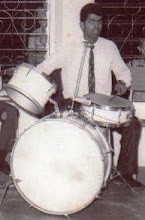

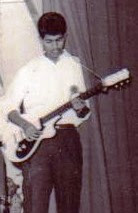


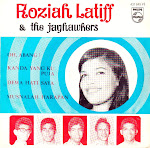



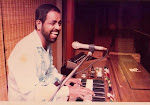

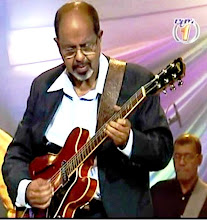



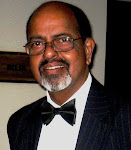


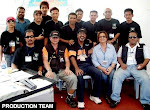
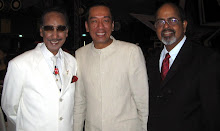

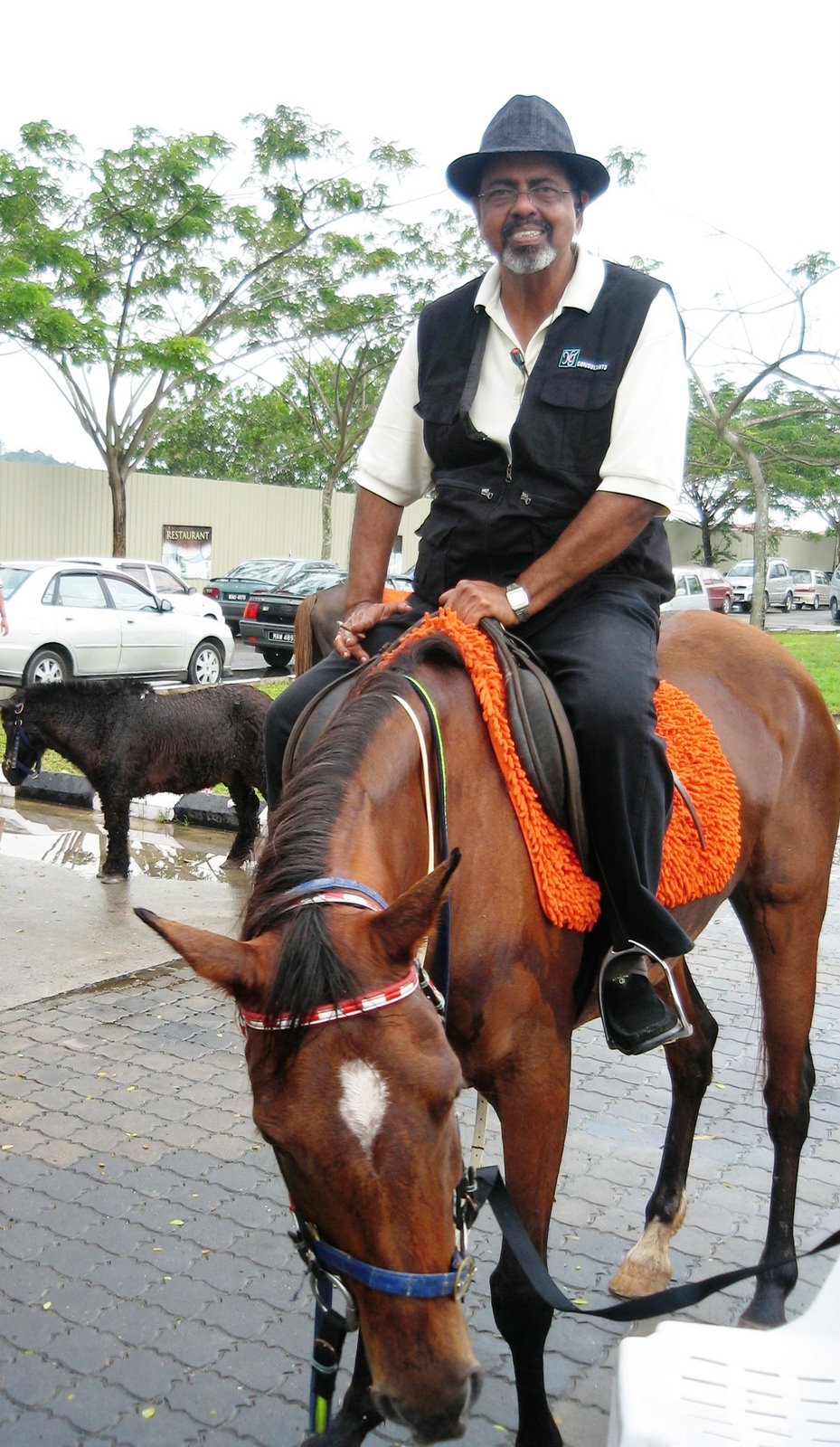











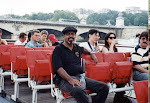

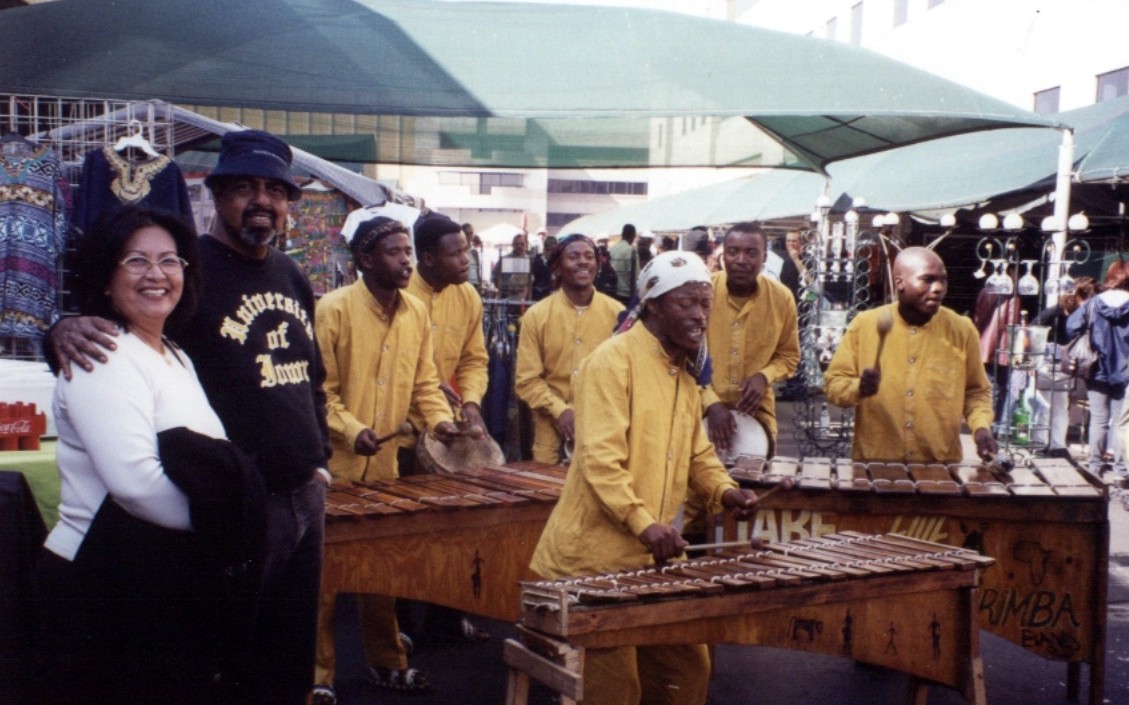

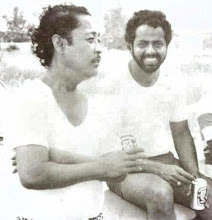
1 comment:
People should read this.
Post a Comment